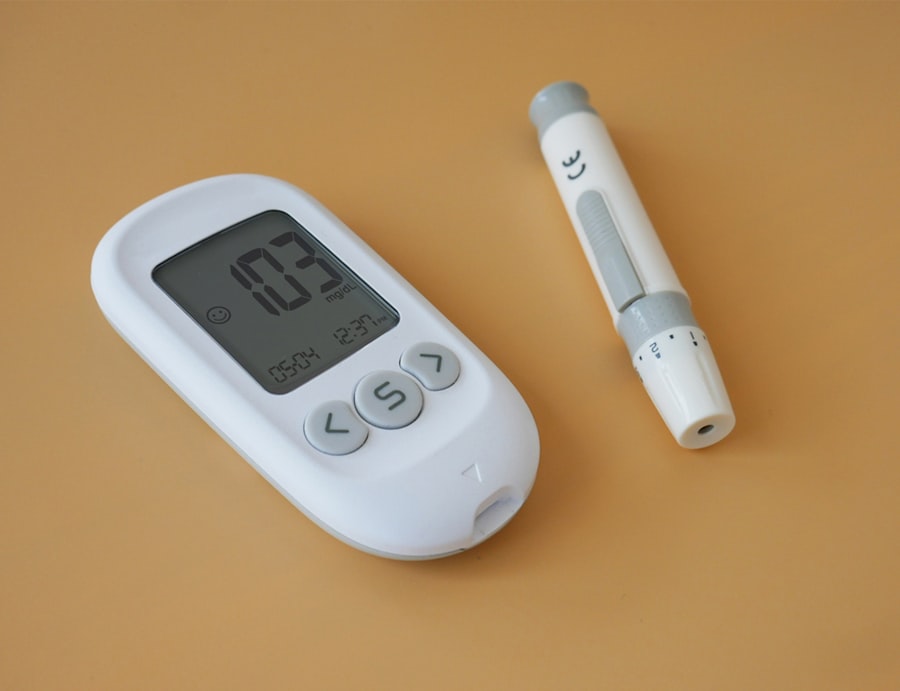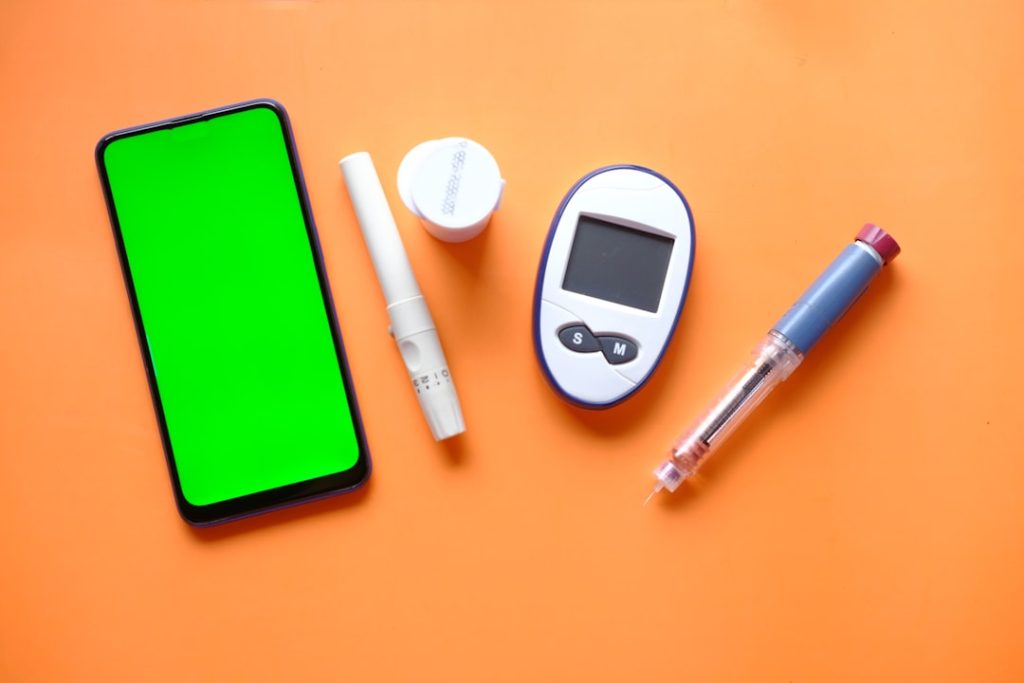Type 2 diabetes is a chronic condition that affects the way your body metabolizes sugar (glucose), which is a vital source of energy for your cells. Unlike Type 1 diabetes, where the body fails to produce insulin, Type 2 diabetes typically arises when your body becomes resistant to insulin or when your pancreas fails to produce enough insulin to maintain normal glucose levels. This condition can lead to serious health complications if left unmanaged, including heart disease, kidney damage, and nerve issues.
Understanding the underlying causes of Type 2 diabetes is crucial for prevention and management. Several factors contribute to the development of Type 2 diabetes. Genetics play a significant role; if you have a family history of diabetes, your risk increases.
However, lifestyle choices are equally important. Poor dietary habits, such as consuming high amounts of processed foods and sugars, can lead to obesity, which is a major risk factor for Type 2 diabetes. Additionally, physical inactivity can exacerbate the problem, as regular exercise helps regulate blood sugar levels and maintain a healthy weight.
By recognizing these causes, you can take proactive steps to reduce your risk and improve your overall health.
Importance of a Healthy Diet and Exercise
A healthy diet is one of the cornerstones of managing and preventing Type 2 diabetes. When you focus on whole foods—such as fruits, vegetables, whole grains, lean proteins, and healthy fats—you provide your body with the nutrients it needs to function optimally. These foods help stabilize blood sugar levels and reduce the risk of insulin resistance.
It’s essential to limit your intake of refined carbohydrates and sugary snacks, as these can cause spikes in blood sugar levels that are detrimental to your health. In addition to a balanced diet, regular physical activity is vital for maintaining healthy blood sugar levels. Exercise helps your body use insulin more efficiently and can lower blood sugar levels significantly.
Aim for at least 150 minutes of moderate aerobic activity each week, such as brisk walking or cycling. Incorporating strength training exercises at least twice a week can also enhance your body’s ability to manage glucose. By combining a nutritious diet with consistent exercise, you create a powerful strategy for preventing and managing Type 2 diabetes.
Managing Stress and Getting Adequate Sleep

Stress management is often overlooked in discussions about diabetes management, yet it plays a critical role in your overall health. When you experience stress, your body releases hormones like cortisol and adrenaline, which can lead to increased blood sugar levels. Finding effective ways to manage stress—such as mindfulness practices, yoga, or deep-breathing exercises—can help you maintain better control over your blood sugar levels.
It’s essential to identify stressors in your life and develop coping strategies that work for you. Equally important is ensuring you get adequate sleep. Poor sleep quality or insufficient sleep can disrupt your body’s ability to regulate insulin and glucose effectively.
Aim for seven to nine hours of quality sleep each night. Establishing a bedtime routine that promotes relaxation can help improve your sleep quality. This might include activities such as reading, taking a warm bath, or practicing relaxation techniques before bed.
By prioritizing both stress management and sleep hygiene, you can create a healthier environment for your body to thrive.
Incorporating Natural Supplements and Herbs
In addition to lifestyle changes, many people find that incorporating natural supplements and herbs can support their efforts in managing Type 2 diabetes. Certain supplements have been shown to help improve insulin sensitivity and lower blood sugar levels. For instance, chromium picolinate is known for its potential to enhance insulin action, while alpha-lipoic acid may help reduce symptoms of neuropathy associated with diabetes.
Herbs like cinnamon and bitter melon have also gained attention for their potential benefits in blood sugar regulation. Cinnamon may improve insulin sensitivity and lower fasting blood sugar levels, while bitter melon has compounds that mimic insulin’s effects on the body. However, it’s essential to consult with a healthcare professional before adding any supplements or herbs to your routine, as they can interact with medications or have side effects.
By exploring these natural options alongside traditional management strategies, you can create a comprehensive approach to your health.
Limiting Alcohol and Quitting Smoking
Limiting alcohol consumption is another critical aspect of managing Type 2 diabetes effectively. While moderate alcohol intake may not pose significant risks for everyone, excessive drinking can lead to fluctuations in blood sugar levels and increase the risk of complications. If you choose to drink alcohol, do so in moderation—this typically means up to one drink per day for women and up to two drinks per day for men.
Always monitor how alcohol affects your blood sugar levels and consult with your healthcare provider for personalized advice. Quitting smoking is equally important for those managing Type 2 diabetes. Smoking can exacerbate insulin resistance and increase the risk of cardiovascular diseases, which are already heightened in individuals with diabetes.
The harmful chemicals in cigarettes can damage blood vessels and nerves, leading to complications such as peripheral artery disease and neuropathy. If you smoke, seek support through cessation programs or counseling services that can help you quit successfully. By eliminating these harmful habits from your life, you significantly improve your chances of maintaining better health.
Monitoring Blood Sugar Levels and Regular Check-ups

Regular monitoring of blood sugar levels is essential for anyone living with Type 2 diabetes. Keeping track of your glucose levels allows you to understand how different foods, activities, and stressors affect your body. You may need to check your blood sugar multiple times a day, especially if you’re adjusting medications or making significant lifestyle changes.
This practice empowers you to make informed decisions about your diet and exercise routines. In addition to self-monitoring, regular check-ups with your healthcare provider are crucial for long-term management of Type 2 diabetes. These appointments allow you to discuss any concerns, review your blood sugar logs, and adjust treatment plans as necessary.
Your healthcare provider may also recommend routine screenings for complications associated with diabetes, such as eye exams or foot checks. By staying proactive about your health through monitoring and regular visits, you can catch potential issues early and maintain better control over your condition.
Maintaining a Healthy Weight and Waistline
Maintaining a healthy weight is one of the most effective ways to manage Type 2 diabetes. Excess weight—especially around the abdomen—can contribute to insulin resistance and make it more challenging to control blood sugar levels. If you’re overweight or obese, even modest weight loss (5-10% of your total body weight) can lead to significant improvements in insulin sensitivity and overall health.
To achieve and maintain a healthy weight, focus on creating sustainable lifestyle changes rather than resorting to fad diets or extreme measures. Incorporate regular physical activity into your daily routine and make mindful food choices that prioritize whole foods over processed options. Tracking your food intake can also help you stay accountable and identify areas where you might improve.
By committing to a healthier lifestyle that promotes weight management, you set yourself up for long-term success in managing Type 2 diabetes.
Seeking Support and Education for Long-term Prevention
Finally, seeking support and education is vital for long-term prevention and management of Type 2 diabetes. Connecting with others who share similar experiences can provide motivation and encouragement on challenging days. Consider joining support groups or online communities where you can share tips, resources, and personal stories related to living with diabetes.
Education is equally important; understanding the condition empowers you to make informed decisions about your health. Many organizations offer resources such as workshops, webinars, or informational materials that cover various aspects of diabetes management—from nutrition to exercise strategies. By actively seeking out knowledge and support networks, you equip yourself with the tools necessary for successful long-term management of Type 2 diabetes.
In conclusion, managing Type 2 diabetes requires a multifaceted approach that encompasses diet, exercise, stress management, monitoring blood sugar levels, and seeking support. By understanding the condition’s causes and implementing lifestyle changes tailored to your needs, you can take control of your health and work towards preventing complications associated with this chronic disease. Remember that every small step counts; by making informed choices today, you pave the way for a healthier tomorrow.
